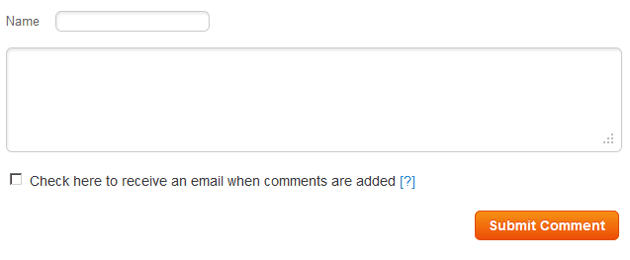Question
Topic: Student Questions
Marketing Strategy/term For Synergistic Products
Related Discussions
- Off Page
- B2b Challenges Faced By Decision Makers In Apac
- Marketing Research
- Companies Changed The Strategy Based On Research
- Marketing Targeting Stragety Of A Music Band
- Competition
- Trade Show Actions
- Blackpink - Strengths And Weaknesses
- Qs About Competitor Audit Analysis
- Final Year University Dissertation Question Help!
- Search more Know-How Exchange Q&A
Community Info
Top 25 Experts
(Student Questions)
- Gary Bloomer 32,138 points
- Jay Hamilton-Roth 28,001 points
- Peter (henna gaijin) 23,802 points
- Carl Crawford 22,363 points
- wnelson 21,503 points
- Chris Blackman 10,081 points
- Pepper Blue 8,859 points
- SRyan ;] 8,290 points
- Blaine Wilkerson 7,890 points
- steven.alker 6,430 points
- SteveByrneMarketing 6,267 points
- telemoxie 6,160 points
- bobhogg 4,824 points
- MANSING 4,819 points
- Levon 4,419 points
- Mushfique Manzoor 4,218 points
- Corpcommer 3,952 points
- darcy.moen 3,605 points





For example, if I were to sell a soap dispenser, but the only soap refill that fits the product is also sold by me, forcing the consumer no choice but to keep buying my soap refills.
Or a less rigid example, Apple having a wide product line where all of the content shares/syncs very easily between devices, which would make it difficult on a consumer if they wanted to switch from an iPhone to an Android phone if they already own an iPad and Mac, forcing them to give up that convenience and making them less-likely to switch away from Apple.